Best movies like Workers Leaving the Lumière Factory
A unique, carefully handpicked, selection of the best movies like Workers Leaving the Lumière Factory . If you liked Workers Leaving the Lumière Factory then you may also like: Horse Trick Riders, Opening of the Kiel Canal, Passion's Way, Baby's Meal, Rough Sea at Dover and many more popular movies featured on this list. You can further filter the list even more or get a random selection from the list of similar movies, to make your selection even easier.
Working men and women leave through the main gate of the Lumière factory in Lyon, France. Filmed on 22 March 1895, it is often referred to as the first real motion picture ever made, although Louis Le Prince's 1888 Roundhay Garden Scene pre-dated it by seven years. Three separate versions of this film exist, which differ from one another in numerous ways. The first version features a carriage drawn by one horse, while in the second version the carriage is drawn by two horses, and there is no carriage at all in the third version. The clothing style is also different between the three versions, demonstrating the different seasons in which each was filmed. This film was made in the 35 mm format with an aspect ratio of 1.33:1, and at a speed of 16 frames per second. At that rate, the 17 meters of film length provided a duration of 46 seconds, holding a total of 800 frames.
You may filter the list of movies on this page for a more refined, personalized selection of movies.
Still not sure what to watch click the recommend buttun below to get a movie recommendation selected from all the movies on this list
Opening of the Kiel Canal
The opening of the Kiel Canal in Germany by Kaiser Wilhelm II on 20 June 1895.
Passion's Way
Set in early 1900s France, a widow renews a former romantic interest until it is discovered that he has had a past fling with one of her new employees, a nanny. This sets the two women into many well-mannered accusations and conversations, but no modern brawling, and puts him in the middle or possibly on the outside.
Baby's Meal
A father, a mother and a baby are sitting at a table, on a patio outside. Dad is feeding baby his lunch, while mum is serving tea.
Rough Sea at Dover
The surf pounds against a breakwater on which are visible several people standing. The wall looks to be about 20 feet above sea level and extend at least 100 feet into the water. A large wave rolls picturesquely along the wall toward the shore. Smaller waves follow. Then the scene changes to river water flowing. We see both shores: in the foreground a log and tree branch are visible; on the far shore, there appears to be a low wall with trees beyond it. The camera is stationary in both shots.
Roundhay Garden Scene
The earliest surviving celluloid film, and believed second moving picture ever created, was shot by Louis Aimé Augustin Le Prince using the LPCCP Type-1 MkII single-lens camera. It was taken in the garden of Oakwood Grange, the Whitley family house in Roundhay, Leeds, West Riding of Yorkshire (UK), possibly on 14 October 1888. It shows Adolphe Le Prince (Le Prince's son), Mrs. Sarah Whitley (Le Prince's mother-in-law), Joseph Whitley and Miss Harriet Hartley walking around in circles, laughing to themselves and keeping within the area framed by the camera. The Roundhay Garden Scene was recorded at 12 frames per second and runs for 2.11 seconds.
The Arrival of a Train at La Ciotat
Likely in June 1897, a group of people are standing along the platform of a railway station in La Ciotat, waiting for a train. One is seen coming, at some distance, and eventually stops at the platform. Doors of the railway-cars open and attendants help passengers off and on. Popular legend has it that, when this film was shown, the first-night audience fled the café in terror, fearing being run over by the "approaching" train. This legend has since been identified as promotional embellishment, though there is evidence to suggest that people were astounded at the capabilities of the Lumières' cinématographe.
The Sprinkler Sprinkled
A gardener is watering his flowers, when a mischievous boy sneaks up behind his back, and puts a foot on the water hose. The gardener is surprised and looks into the nozzle to find out why the water has stopped coming. The boy then lifts his foot from the hose, whereby the water squirts up in the gardener's face. The gardener chases the boy, grips his ear and slaps him in his buttocks. The boy then runs away and the gardener continues his watering. Three separate versions of this film exist, this is the original, filmed by Louis Lumière.
Boat Leaving the Port
In very bad weather and a stormy sea, a small boat manned by two men is trying to leave the harbor of La Ciotat, while several people are watching them from the nearby pier.
Snowball Fight
Wintertime in Lyon. About a dozen people, men and women, are having a snowball fight in the middle of a tree-lined street. The cyclist coming along the road becomes the target of opportunity. He falls off his bicycle. He's not hurt, but he rides back the way he came, as the fight continues.
Carmaux: Drawing Out the Coke
Carmaux is in south-central France, near the Tarn River. As a brick of coke, about four feet high and three feet wide, is gradually pushed out of a smelter into a yard, one worker sprays it with water from a hose while two workers with long metal rakes wait to spread it out. Other workers buzz in and out of the foreground of the stationary camera. Atop the first level of the brick smelter, workers push full carts of coal along a track.
The Corbett-Fitzsimmons Fight
This legendary fight was filmed on March 17, 1897, using 63mm film that produced an aspect ratio of about 1.75:1. Using three adjacent cameras, Enoch Rector recorded the entire fight, simultaneously creating the world's first known feature film, as the resulting footage lasted over 90 minutes in length. About a quarter of the film survives today.
The Story of Louis Pasteur
A true story about Louis Pasteur, who revolutionized medicine by proving that much disease is caused by microbes, that sanitation is paramount and that at least some diseases can be cured by vaccinations.
A Daring Daylight Burglary
A thief jumps a fence and removes the shutter from a house. He enters, but a lad who's witnessed the crime runs off to hail the coppers. The first officer on the scene climbs the fence, enters the house, and is soon fighting with the thief on the roof. Falling from the roof, the officer is injured and requires an ambulance. Meanwhile, the thief flees, pursued by more men in blue.
An Ideal Husband
A prominent politician is preparing to expose a financial scandal. But then a woman who has invested heavily in the shady venture threatens to uncover a damaging secret in the politician's past if he exposes the speculation as a fraud. His problem is compounded by his wife's intolerance of the slightest character flaws.
The Earrings of Madame de...
In France of the late 19th century, the wife of a wealthy general, the Countess Louise, sells the earrings her husband gave her on their wedding day to pay off debts; she claims to have lost them. Her husband quickly learns of the deceit, which is the beginning of many tragic misunderstandings, all involving the earrings, the general, the countess, & her new lover, the Italian Baron Donati.
The Blacksmiths
While his aide continuously turns the handle of the bellows, keeping hot a small furnace in front of him, a blacksmith is pounding a piece of metal on an anvil, then plunges the shaft into a tub of water, causing a cloud of vapor in the process.
Gay Purr-ee
Mewsette is a starry-eyed cat who grows weary of life on a French farm and heads for the excitement of 1890s Paris. Her tomcat suitor, Jaune-Tom, and his furry cohort, Robespierre, chase after Mewsette, but she's already fallen under the spell of a feline modeling-school racket run by Madame Rubens-Chatte and her slimy assistant, Meowrice.
Man Walking Around a Corner
The last remaining production of Le Prince's LPCC Type-16 (16-lens camera) is part of a gelatine film shot in 32 images/second, and pictures a man walking around a corner. Le Prince, who was in Leeds (UK) at that time, sent these images to his wife in New York City in a letter dated 18 August 1887.
Mon Oncle
Genial, bumbling Monsieur Hulot loves his top-floor apartment in a grimy corner of the city, and cannot fathom why his sister's family has moved to the suburbs. Their house is an ultra-modern nightmare, which Hulot only visits for the sake of stealing away his rambunctious young nephew. Hulot's sister, however, wants to win him over to her new way of life, and conspires to set him up with a wife and job.
The Mysteries of Paris
The Marquis Rodolphe de Sombrueil accidentally runs over a working man with his carriage and helps his widow -- unjustly accused of robbery -- to find her missing daughter.
Partie d'écarté
Three men are sitting around a table, two of them playing a game of Écarté. When the game is over, a domestic serves drinks.
Fishing for Goldfish
A man, holding a baby up in his hands, is standing next to a fishbowl. The baby is trying, in vain, to catch a goldfish with his bare hands.
The Photographical Congress Arrives in Lyon
Down the gangway, photographers leave the deck of a riverboat in large numbers.
Cordeliers' Square in Lyon
Pedestrian and horse-drawn vehicles traffic, across the Place des Cordeliers, in Lyon.
Jumping the Blanket
Four men stand holding what appears to be a blanket, while one wearing a hat stands watching. A sixth man then runs towards them and attempts to jump into the blanket.
Too Early / Too Late
Inspired by a letter by Friedrich Engels and a 1974 account of two militant Marxist writers who had been imprisoned by the Nasser regime, Straub-Huillet filmed this film in France and Egypt during 1980. They reflect on Egypt’s history of peasant struggle and liberation from Western colonization, and link it to class tensions in France shortly before the Revolution of 1789, quoting texts by Engels as well as the pioneering nonfiction film Workers Leaving the Lumière Factory (1895).
The Méliès Mystery
A documentary that details the process of restoring 270 of the 520 lost films of pioneering director Georges Méliès, all orchestrated by a Franco-American collaboration between Lobster Films, the National Film Center, and the Library of Congress.
The First Auto
The transition from horses to automobiles at the turn of the century causes problems between a father and son.
The Cinematograph: Birth of an Art
Throughout the 19th century, imaginative and visionary artists and inventors brought about the advent of a new look, absolutely modern and truly cinematographic, long before the revolutionary invention of the Lumière brothers and the arrival of December 28, 1895, the historic day on which the first cinema performance took place.
The Colour Room
A pioneering ceramic artist Clarice Cliff roares to prominence in the 1920s while working in Britain’s Stoke-on-Trent pottery industry.


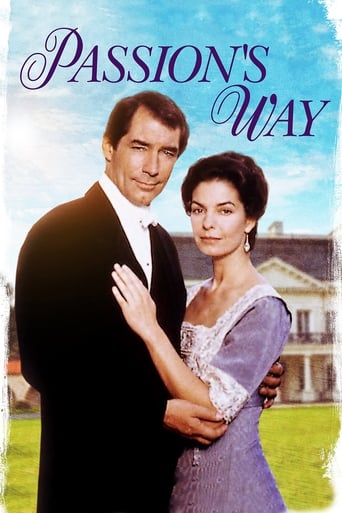




















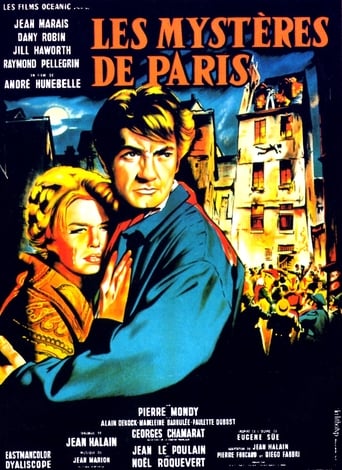







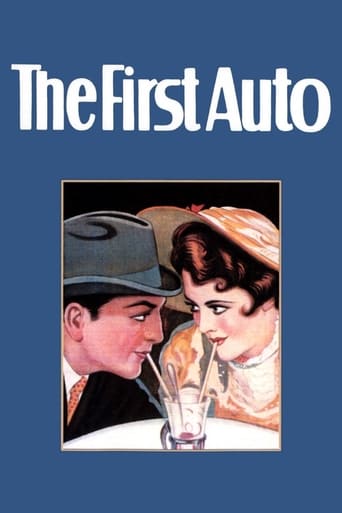


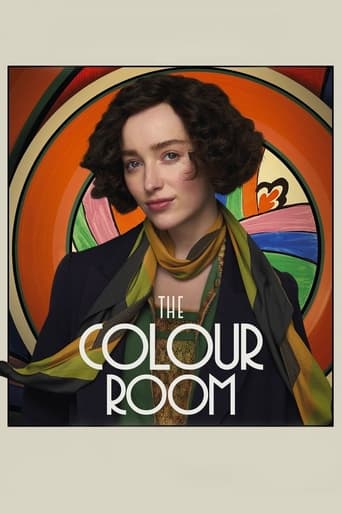



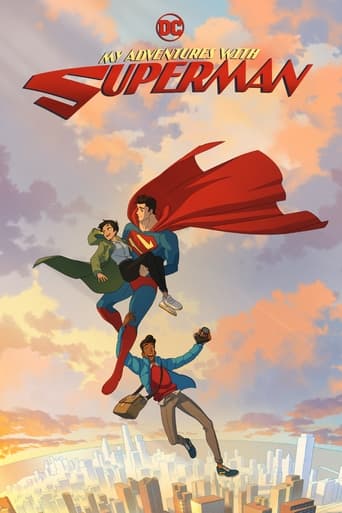



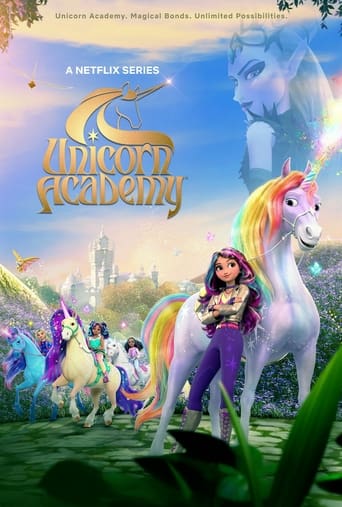



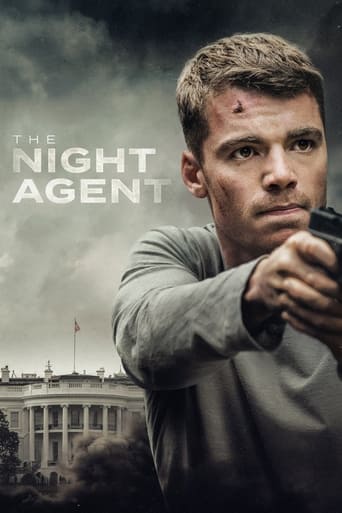
Horse Trick Riders
In the background is a house. In the foreground, a groom holds the reins of a sleek black horse that stands in profile. A tall man, dressed in a black uniform, demonstrates how to mount the horse then encourages and tries to assist a man in white. The man in white keeps falling, and soon it's apparent that he's an putting on a show. His pratfalls become more elaborate and stylish. The horse stands patient. The little groom laughs to see such sport. And finally, the man in white finds a comic accommodation. The story, though brief, has a beginning, middle, and end.